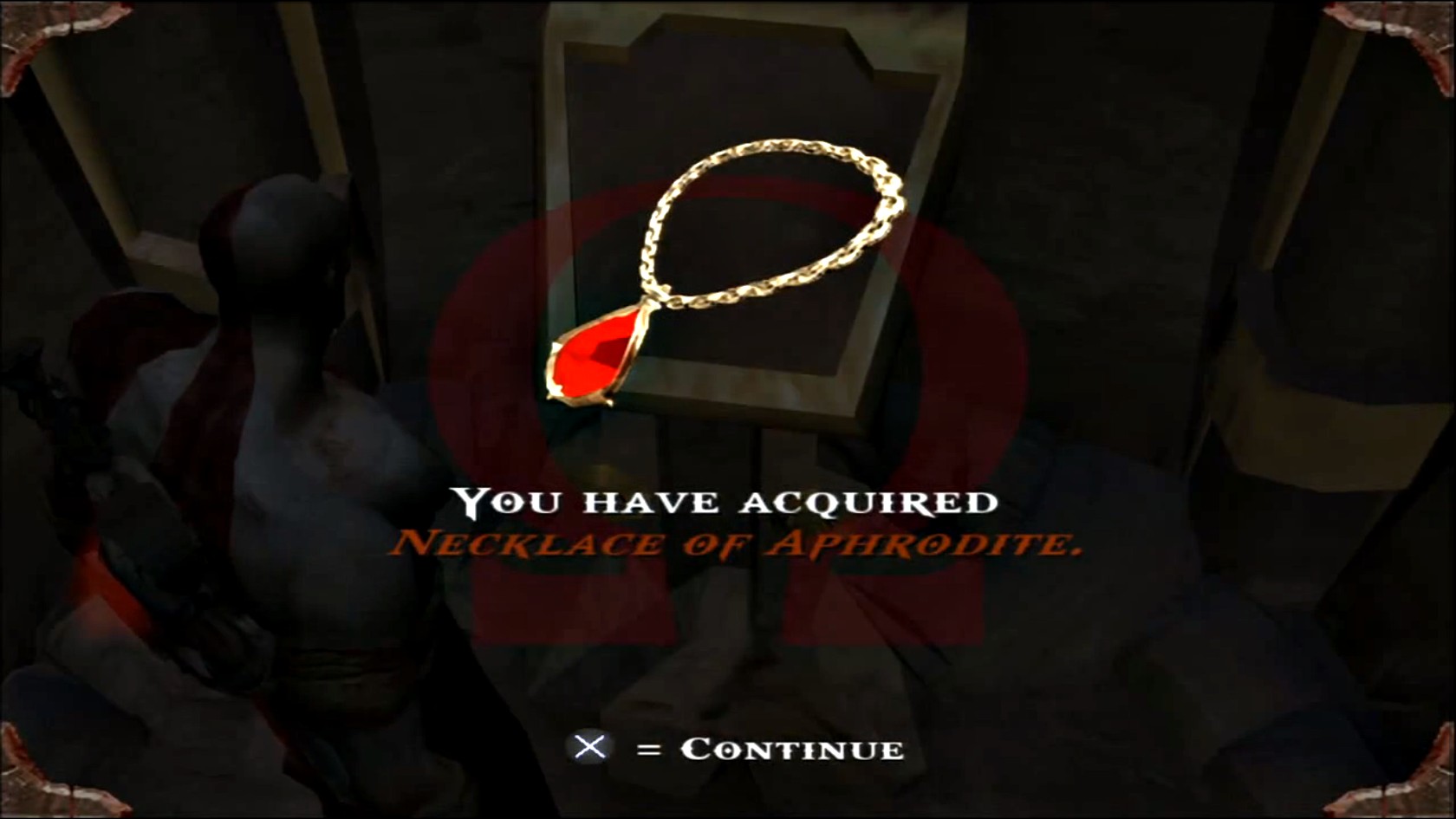

This article incorporates text from a publication now in the public domain: Schmitz, Leonhard (1870). The Many Faces of 'Golden Aphrodite' – An exploration of Aphrodite’s multidimensionality.


Pausanias' claim that "Aphrodite Areia" was simply a female version of Ares has some support in the contemporary epigraphy. Various authors make reference to Sparta worshipping an armoured Aphrodite, such as Plutarch, Nonnos, and Quintilian. In Sparta, Pausanias described two temples dedicated to Aphrodite Areia and archeological evidence supports this claim. Pausanias recorded that three cult statues at Kythira, Sparta, and Corinth depicted Aphrodite as holding weapons and archeological evidence points to this portrayal also occurring in Argos. There were cults dedicated to the warlike aspect of Aphrodite in Kythira, Cyprus, Argos, Taras and most prominently in Sparta. She was also known by this name on the Areopagus and at Corinth. In Cyprus, Aphrodite was also referred to by the epithet "Aphrodite Encheios" (Aphrodite with a spear), and it has been suggested that the cult was brought from Cyprus to Sparta. This depiction can trace Aphrodite's descent from older Middle Eastern goddesses such as the Sumerian Inanna, Mesopotamian Ishtar, and Phoenician Astarte. It is believed that the warlike depiction of Aphrodite belongs to her very earliest acolytes and cults in Cyprus and Cythera, where there was a strong eastern influence during the Orientalizing Period. It is possible, however, that this representation was deliberate to assert the Ionian interpretation of Aphrodite, which did not portray the goddess with warlike aspects, as the "correct" version. In the Iliad, Aphrodite is portrayed as incompetent in battle, being wounded in the wrist by Diomedes under the guidance of Athena, and she is reminded of her role as a love goddess rather than a war goddess like Athena by Zeus. The association with warfare contradicts Aphrodite's more popularly known role as the goddess of desire, fertility, and beauty. The epithet "Areia", meaning "warlike", was applied to other gods in addition to Aphrodite, such as Athena, Zeus, and possibly Hermes. There were other, similarly martial interpretations of the goddess, such as at her Sanctuary at Kythira, where she was worshiped under the epithet Aphrodite Urania, who was also represented as being armed. This representation was found in Sparta and Taras (modern Taranto).
#God of war aphrodite full
A Roman copy of a statue of Aphrodite Areia found in Epidaurus, with the original created by the Polykleitos school.Īphrodite Areia ( Ancient Greek: Ἀφροδίτη Ἀρεία) or "Aphrodite the Warlike" was a cult epithet of the Greek goddess Aphrodite, in which she was depicted in full armor like the war god Ares.


 0 kommentar(er)
0 kommentar(er)
